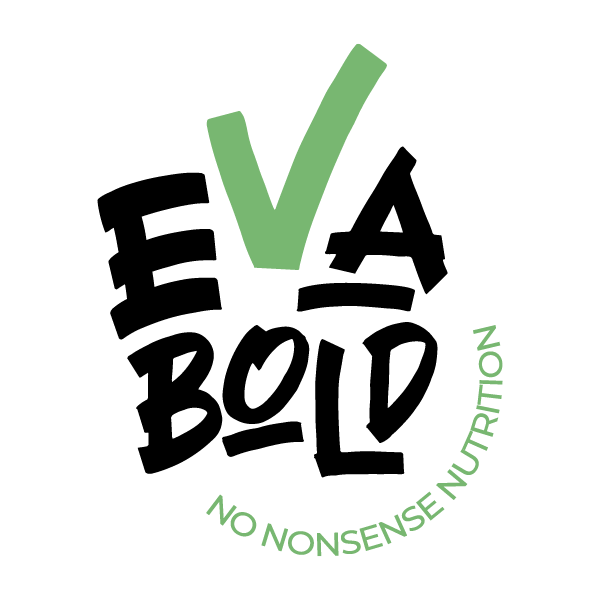How to Read Food Labels on a Keto Diet

A quick guide to keto ingredients and packaging
Whether you’re new to keto or have been following a ketogenic diet for years, it’s incredibly important to always read the label.
Food labels not only help consumers to make informed decisions, compare products, and understand what ingredients they’re digesting, but also have better visibility on the nutritional content of said products.
In the case of a keto diet, food labels and packaging make it easier for dieters to keep a close eye on carbohydrates to stay within the recommended 20-gram daily limit, but there are other considerations too. Here are our top four tips for reading labels on a keto diet.
Tip 1: Don’t believe brand claims
In another of our posts, The Dos and Don’ts of Keto, we mentioned how brands use a lot of buzzwords and claims on their packaging. You’ll be very familiar with claims like, low-fat, high in fibre, sugar free, low carb, etc.
It probably comes as no surprise that consumers are more likely to buy products with claims on their packaging and will remain loyal to a particular brand or product as a result.
The same goes for products aimed at keto followers. However, a lot of these claims cannot be backed up with real science, and often the ingredients and nutritional content contradict any claims.
It’s therefore safer to ignore what’s on the front of the packet and focus on the back.
Tip 2: Ingredients to avoid
It goes without saying that carbohydrates and sugars need to be avoid or limited on a keto diet, but there are other ingredients to avoid.
Maintaining a healthy, balanced diet whilst on keto can be difficult if you aren’t checking the label every time. For example, certain soft cheeses, like cottage cheese, are great sources of protein but can have an elevated level of carbohydrates. Foods like this should be avoided on a keto diet, but you’d only know that if you read the label.
Here are four ingredients to avoid so keep an eye out for them on labels:
Aspartame is an artificial sweetener that has been linked to adverse health conditions including migraines, muscle spasms, and even strokes
Maltitol is another artificial sweetener to avoid. Despite it being sugar-free your bloody glucose will still rise and slow/stop nutritional ketosis
Partially hydrogenated oil, also known as trans-fat, increases the amount of bad cholesterol in your body
Sodium nitrite is a preservative found in processed meats to extend shelf life, one to avoid
Tip 3: Sugar comes in many shapes and sizes
Did you know that there are over 50 different names of sugar[1]?

If you don’t know what to look for on labels and nutritional information, then how can you be sure that the products you’re purchasing are actually keto-friendly or not?
Here at Eva Bold, our recommendation would be to avoid any sugars or sweeteners that are not erythritol, stevia and monk fruit.
Tip 4: Net carbs vs. total carbs
One of the most hotly debated topics amongst the keto community is how to count carbs. Total carbs or net carbs?
This can make a huge difference to your individual diet especially if you don’t know how to calculate your carbohydrate intake, or how to read this on food labels.
Let’s start with the basic equations…
Total carbs = sugars + starches + fibre
Net carbs = total carbs - fibre
So now you know how to calculate your carbs, the next step is to understand how to find this info on the foods and beverages you’re buying.
What makes this difficult is the fact that many brands represent these nutritional values differently and depending on the country you’re buying your products from also impacts how easy it is to find the right information on your labels.
Nutritional information in the United Kingdom shows net carbs
In the United States it’s total carbs
In Australia and New Zealand, it’s net carbs and you should know that stating fibre on labels is optional for brands
Our best guidance would be to first decide on how you’re going to measure your carbs and then get into the habit of checking for the right numbers on the back of all your favourite treats.
And there we have it! Four tips for reading food and beverage packaging whilst following a keto diet. We hope this practical advice helps you make the most informed decisions on your next supermarket shop.
[1] https://www.ditchthecarbs.com/names-of-sugar/




